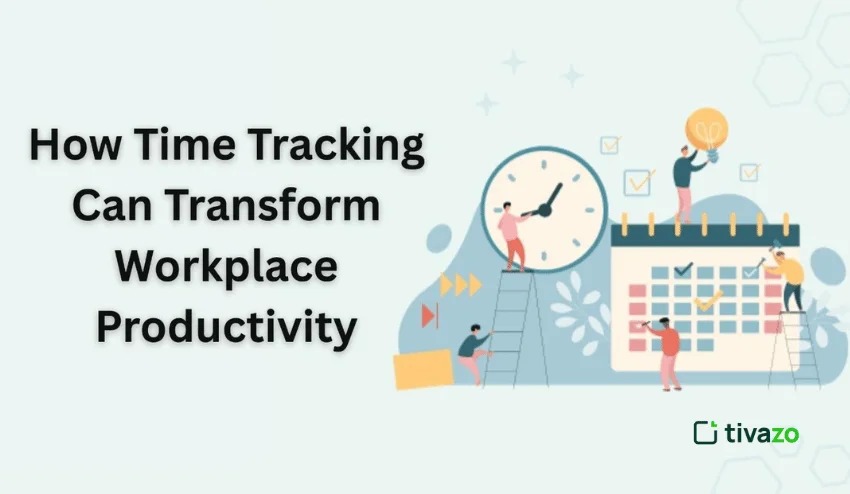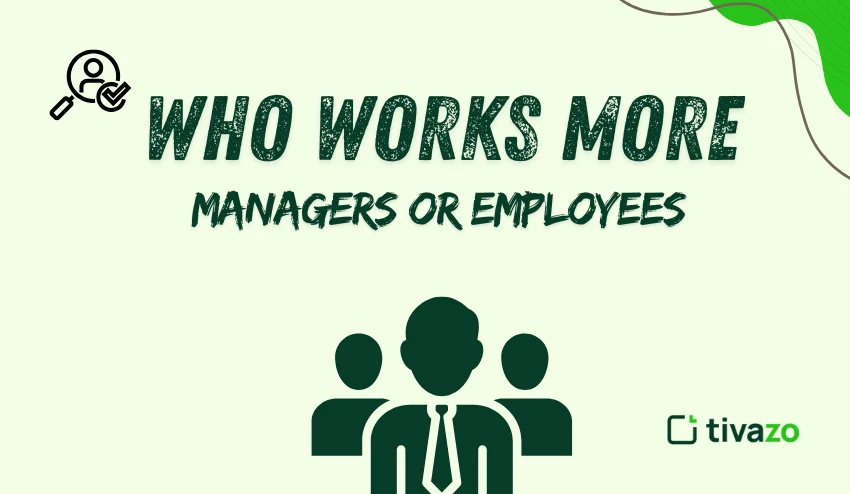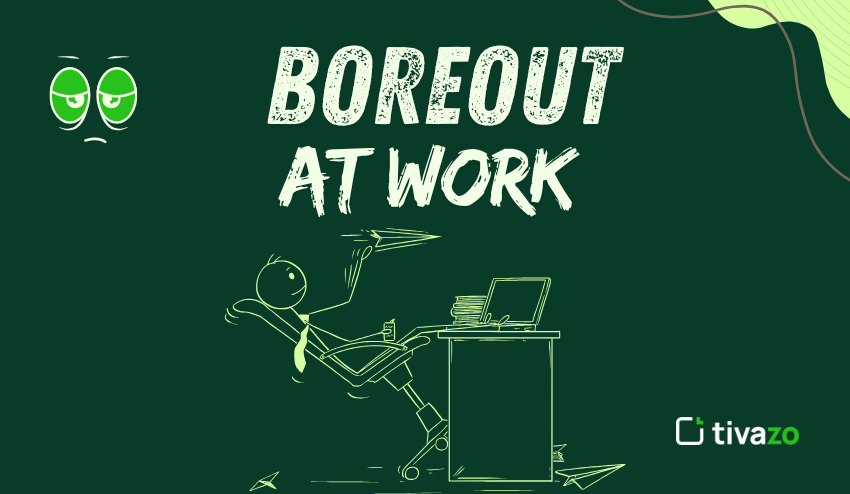In most organizations, transform workplace productivity is an outcome, a figure in a report, a goal to achieve, or a KPI to optimize. However, productivity begins with something much more basic: time awareness. Each minute that is spent in meetings, emails, or creative activities is a data point that indicates how teams work. Time tracking, which was once considered to be a micromanagement tool, is not the most strategic lever for enhancing efficiency and concentration in today’s workplace.
In an era of hybrid work and digital overload, time tracking helps companies understand how work really happens. It provides visibility, fairness, or insights that go beyond mere attendance. More importantly, it enables teams to make smarter decisions about priorities, workloads, or performance, all grounded in data rather than assumptions. Shifting the Perception: From Surveillance to Self-Management. Historically, time tracking had a bad reputation. Employees associated it with control and distrust, a way for managers to “watch over” their every move. However, the modern approach has flipped this narrative. Instead of being a policing tool, it has become a self-management system that empowers employees to work smarter.
Shifting the Perception: From Surveillance to Self-Management
Historically, time tracking had a bad reputation. Employees associated it with control and distrust, a way for managers to “watch over” their every move. However, the modern approach has flipped this narrative. Instead of being a policing tool, it has become a self-management system that empowers employees to work smarter.
When individuals see where their time is consumed, they gain awareness of transform workplace productivity bottlenecks. They can identify low-value activities like endless meetings or reactive multitasking and replace them with focused, meaningful work. For managers, this shift transform workplace productivity discussions from “Why aren’t you working faster?” to “How can we help you work better?”
As Suhail Patel, Director of Dustro, explains, “When employees track their time voluntarily, they start managing their energy, not just their hours. That’s the real breakthrough; self-awareness replaces supervision.”
In many organizations, this cultural change is as important as the technology itself. The success of time tracking depends not on strict enforcement but on clear communication of its purpose to make transparency not an issue.
In many organizations, this cultural change is as important as the technology itself. The success of time tracking depends not on strict enforcement but on clear communication of its purpose to make transparency not an issue.
Data-Driven Productivity: Turning Hours Into Insights
1. Identifying Time Drains
Often, data will indicate as much as 30–40% of a team’s week is diminished by administrative work and/or ineffective meetings. With this awareness, leaders can promote efficiency via streamlining processes or delegating asynchronous, mundane tasks to automation tools.
2. Benchmarking or Forecasting
Time tracking data also gives benchmarks for upcoming work. When managers know how long tasks took in the past, they can make realistic project estimates and staffing decisions. This prevents overpromising, missed deadlines, and spoiled.
3. Continuous Improvement
With regular feedback time, data becomes a continuous improvement feedback loop. Teams can analyze trends — for example, whether transform workplace productivity drops after long meetings and make structural changes that sustain efficiency in the long term.
Jacob Liu, Head of Operations at ProGrowth Labs, puts it simply: “Time tracking converts intuition into evidence. Once you have that data, transform workplace productivity conversations stop being emotional and start being strategic.
As one workplace analyst once told, “You can’t improve what you do not read; that time is the most valuable metric of all.”
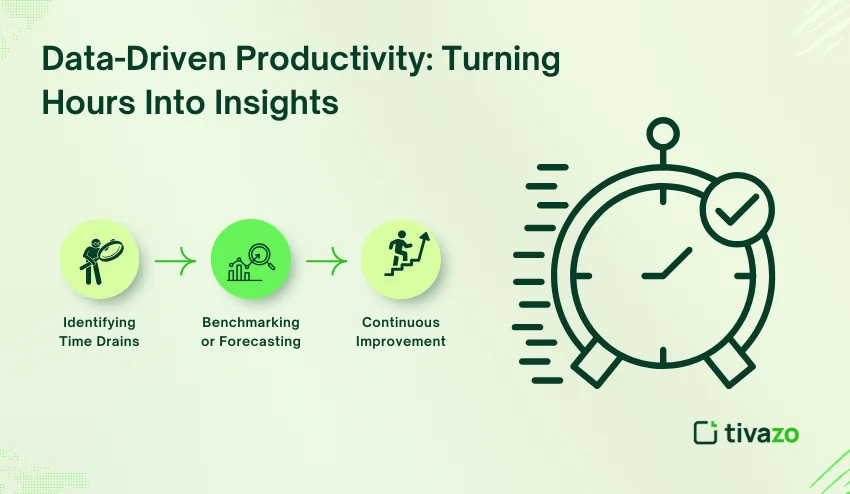
The Role of Technology Automation and Integration
Modern time tracking is no longer for manual spreadsheets or punch cards. Today, systems integrate seamlessly with project management, communication, or payroll software, automating much of the process.
1. AI-Powered Time Tracking
Artificial intelligence has made time tracking smarter and less intrusive. AI tools can check which applications or files are being used and organize work automatically, minimizing the need for manual input. Some systems even provide real-time dashboards showing how individuals or teams are balancing their workloads.
2. Integration with Other Systems
Integrations allow time data to feed directly into performance dashboards, HR analytics, or billing software. For project-based organizations such as agencies, consultancies, and software firms, this means transparent client billing, accurate costing, and fairer workload distribution.
3. Real-Time Feedback
Employees benefit from instant feedback. They can watch whether they are ahead or behind schedule, or adjust accordingly. Managers can step in early when someone is overloaded, preventing burnout rather than reacting to it after the fact.
The best systems make time tracking invisible. Automation ensures accuracy without burdening employees, that when adoption truly scales.
Technology has made time tracking seamless, intelligent, and human-centered, not a chore but a built-in transform workplace productivity compass.
Improving Focus and Reducing Context Switching
The average worker switches tasks every 6–10 minutes. This constant context switching drains mental energy and reduces overall output. Time tracking tools can help explore these patterns, turning invisible distractions into measurable data.
When employees look at a breakdown of their daily activity, they often know how fragmented their attention really is. For example, reviewing emails 20 times a day might feel harmless, but data reveals how those micro interruptions add up to hours of lost productivity.
By recognizing these patterns, individuals can start blocking focused time for deep work. Some organizations even implement “focus Fridays” or “meeting-free mornings” based on their tracking insights. These small structural changes compound into major transform workplace productivity gains.
As Anna Zhang, Head of Marketing at U7BUY, notes, “Time tracking doesn’t push people to work faster; it helps them work clearly. Once you visualize your distractions, you gain control over them.”
Time tracking, then, becomes a mindfulness tool as much as a management one, giving professionals the clarity they need to perform at their best.
Fair Workload Distribution and Transparency
Workplace fairness often depends on visibility, knowing who is doing what or how much. Time tracking provides visibility, enabling managers to identify imbalances that may not be noticed.
If one team member regularly logs 60-hour workweeks while others hover around 40, that signals a potential error in workload allocation or process design. Similarly, if an employee’s time data shows repetitive administrative tasks dominating their schedule, transform workplace productivity where managers can look for ways to automate or delegate.
Transparency also builds trust. When everyone’s contributions are visible, recognition becomes more objective. Teams can celebrate achievements based on real data rather than perception or seniority.
As Grant Aldrich and I’m the Founder of Preppy, explain, “Time transparency removes bias from recognition. It ensures effort is seen, even when results aren’t immediately visible.”
This transparency can support diversity or inclusion efforts by ensuring that invisible labor, like mentoring or documentation, is acknowledged and valued. In this way, time tracking becomes a foundation for equitable recognition.
Enhancing Accountability Without Micromanagement
Accountability is often mistaken for control. In truth, it’s about ownership. When employees track their time, they become more conscious of their own efficiency and commitments. They see the link between effort, output, and results.
Managers, on the other hand, gain context, not ammunition. Instead of making assumptions about performance, they can discuss progress based on factual insights. This makes a more collaborative management style focused on outcomes, not policing.
Some companies transform workplace productivity weekly time summaries as discussion points in one meeting. This technique helps employees articulate challenges, for example, explaining why a certain task took longer than planned or identifying ways to improve processes.
When done respectfully, time tracking increases autonomy rather than undermines it. Employees are trusted to handle their time or are supported with the tools to do it well.
Financial Efficiency and Cost Optimization
From a business standpoint, time tracking delivers measurable ROI. Every project, campaign, or initiative has time costs. Understanding these costs helps organizations improve profitability and forecasting accuracy.
1. Cost Allocation
By connecting hours to specific tasks or clients, companies can see where resources are over- or underallocated. This visibility supports better pricing, staffing, and budgeting decisions.
2. Billing and Compliance
For service businesses, precise time logs are critical for billing accuracy. Clients trust transparent reporting that shows how their budgets are being spent. In regulated industries, time records also support compliance audits and labor law adherence.
3. Efficiency Metrics
Finance and operations teams can use time tracking data to calculate cost per deliverable, efficiency ratios, and utilization rates metrics that help align transform workplace productivity improvements with business outcomes.
As Jeffrey Zhou, CEO and Founder of Fig Loans, explains, “Time data is financial data. Once you quantify how time is spent, you unlock the ability to optimize every dollar tied to it.”
Ultimately, time tracking ensures that transform workplace productivity isn’t just about working harder; it’s about working smarter with a clear financial perspective.
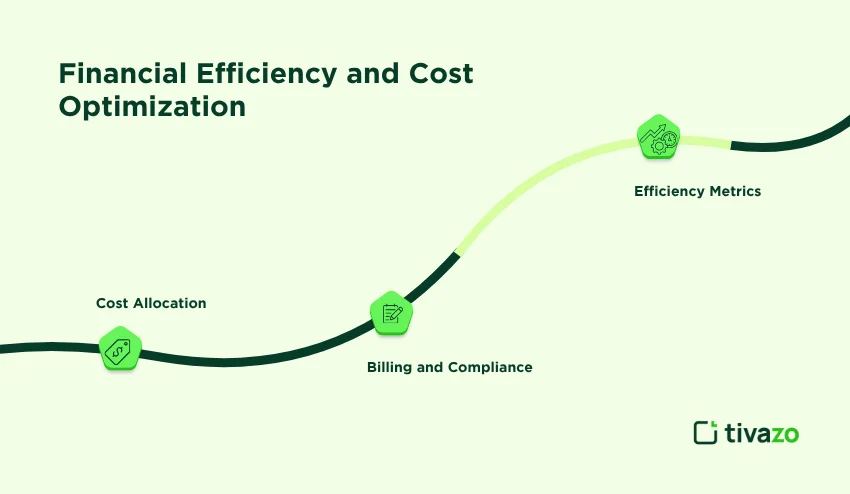
Supporting Hybrid and Remote Teams
Remote and hybrid work has changed how we define to transform workplace productivity. Without observing the habits of staff in traditional office settings, managers often struggle to conduct fair evaluations of performance. Tracking time provides a way to have an objective, place-independent view of one’s contribution.
For employees who remote in, it brings structure to their workday. Flexible schedules can easily lead to questions about the work-life border, leading to increased boredom. When workers are aware of the time they logged in to work and the time they logged off, they have a reinforced mechanism of both knowing and achieving productive work-life boundaries
For organizations, tracking time creates continuous connectivity. Managers can see the status of each project, no matter what geography the work is performed in, or what time zone the worker is in. Time tracking in conjunction with tools for collaboration can create a culture of accountability and trust, not surveillance.
Time tracking becomes the connective tissue of hybrid work, keeping distributed teams aligned, efficient, and balanced.
Real World Examples: How Companies Are Benefiting
1. Marketing Agency Efficiency
A mid-sized digital agency introduced time tracking to understand project overruns. Within three months, they discovered that creative revisions were taking 25% more time than estimated.
2. Transparency of the Software Development Team
A SaaS organization transform workplace productivity combining automatic time tracking with its project management tool. The next data pointed out backlogs in code reviews and inconsistent workload among developers. Improvements made resulted in a 12% increase in sprint velocity, as well as an increase in overall employee satisfaction.
3. Nonprofit Organization Accountability
A nonprofit used time tracking to demonstrate accountability to donors. By mapping hours to specific grant activities, they provided transparent impact reports and secured additional funding for the following year.
These examples show that time tracking is not confined to one industry, a universal enabler of clarity and progress.
Challenges and Ethical Considerations
Although there are some advantages to tracking employee time, it must be done with care. Miscommunication or tracking too much could lead to distrust and resistance from employees.
1. Transparency is Important
An employee needs to transform workplace productivity knowing why an organization is tracking their time. Framing tracking as a two-way benefit, encouraging time management, plan cancellations, or validation efforts may lead to better buy-in from employees than focusing tracking on an organization’s needs.
2. Avoiding Misuse of Data
Tracking employee time shouldn’t be used as a blunt performance weapon or bludgeon by managers. Time data could be used as part of coaching and optimizing processes. Ethical guidelines and privacy policies should provide guidance on how data is to be stored, used, or shared.
3. Balancing Automation and Consent
Using AI-based time tracking tools may transform workplace productivity and employee concerns related to storage and privacy. Organizations should strike a balance between the use of automation for tracking and at least obtaining employee consent and/or making some provision for employees to review and/or correct their time logged before the data is utilized in a process or pattern of analysis. Supports the ethical use of time tracking, which may build trust. If not, it may erode trust. The difference is in communicating intent or being transparent.
Building a Culture of Continuous Improvement
If an organization approaches time tracking as a living process rather than a compliance function, it becomes the foundation of continuous improvement. Instead of merely being a record of what has transpired, it will develop into a tool for an ongoing learning feedback mechanism that renders visible both strengths and inefficiencies for teams.
Managers can have a quarterly “time audit” where team members look at patterns together. This is not an intention to blame individuals, but instead to look for opportunities. In the review, possibly team members are spending too many hours in coordination meetings, or their high-value creative work tends to happen later in the day when their energy is lowest. By discussing these patterns openly, the teams can align priorities, redefine workflows, or eliminate unnecessary friction points that quietly but viably affect productivity.
Through co-creating, employees feel ownership of improvements. Employees can try out some small change, track results, or share relevant lessons across the organization. Over time, as a self-correcting ecosystem develops, transform workplace productivity transforms naturally and is guided through insight rather than mandate.
“Time tracking isn’t the end. It’s the mirror that helps us see how to get better.” – Leigh McKenzie, Community Advocate at Traffic Think Tank.
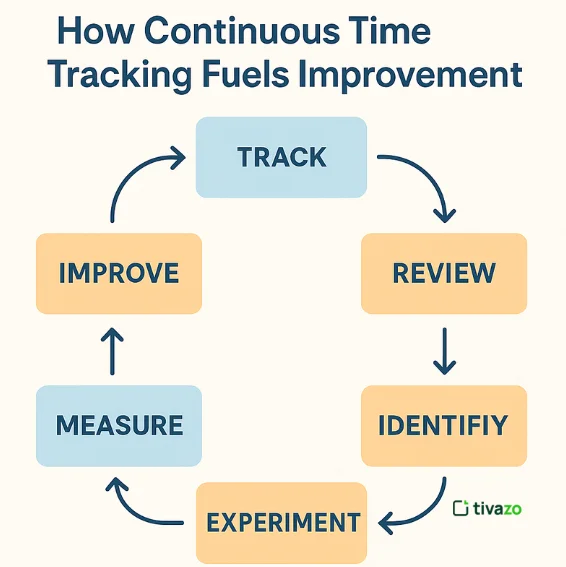
The Future of Time Tracking: Predictive and Human-Centered
In the future, time tracking will evolve toward predictive and human-centred methods of managing time. Rather than just documenting the past, systems will be able to forecast the future workload and determine ways to improve it.
Imagine your staff member being warned via a dashboard of a potential burnout based on their current workload, or that a project is becoming inefficient based on time spent, signalling scope creep. An AI system can analyze these metrics and warn management promptly, using time data to create preventative awareness.
At the same time, future tools will also consider employee well-being. Rather than merely maximizing outputs through hours, future tools will promote a sustainable rhythm, identifying times where rest or creative thinking actually increase outputs.
Leila Grant, founder of Worklytics AI, predicts that “the next generation of time tracking won’t simply capture effort; it will suggest the best energy usage. We are entering an age of predictive wellbeing.”
In this way, the future of time tracking aligns with the future of work itself: human-centered or empathic and data-driven.
Conclusion: Measuring What Matters Most
Tracking time is more than simply a technique for management. It’s a mindset change that reformulates the way organizations think about productivity. It shifts teams from a state of assumption to data, from a state of reactivity to one of foresight, from being overworked to optimization. When done thoughtfully, it gives employees insight to better understand their own patterns, so they can use their time to focus on work that matters rather than simply doing more of whatever it is they do.
Tracking time shifts leaders from data to purpose, providing clear indicators of where to put energy and effort in order to affect change. Tracking time allows a culture of transparency and accountability, while also respecting balance and fairness. The intention is not to measure every second, but to measure the contributions through insights, enabling purposeful, impactful, or fulfilling work, every second that is spent in a workplace.
At its core, tracking time is not about control; it’s about freedom. Tracking time enables individuals to reclaim that time in alignment with purpose or redirecting transform workplace productivity into work that is impacting. That is where change begins… and lasts…
